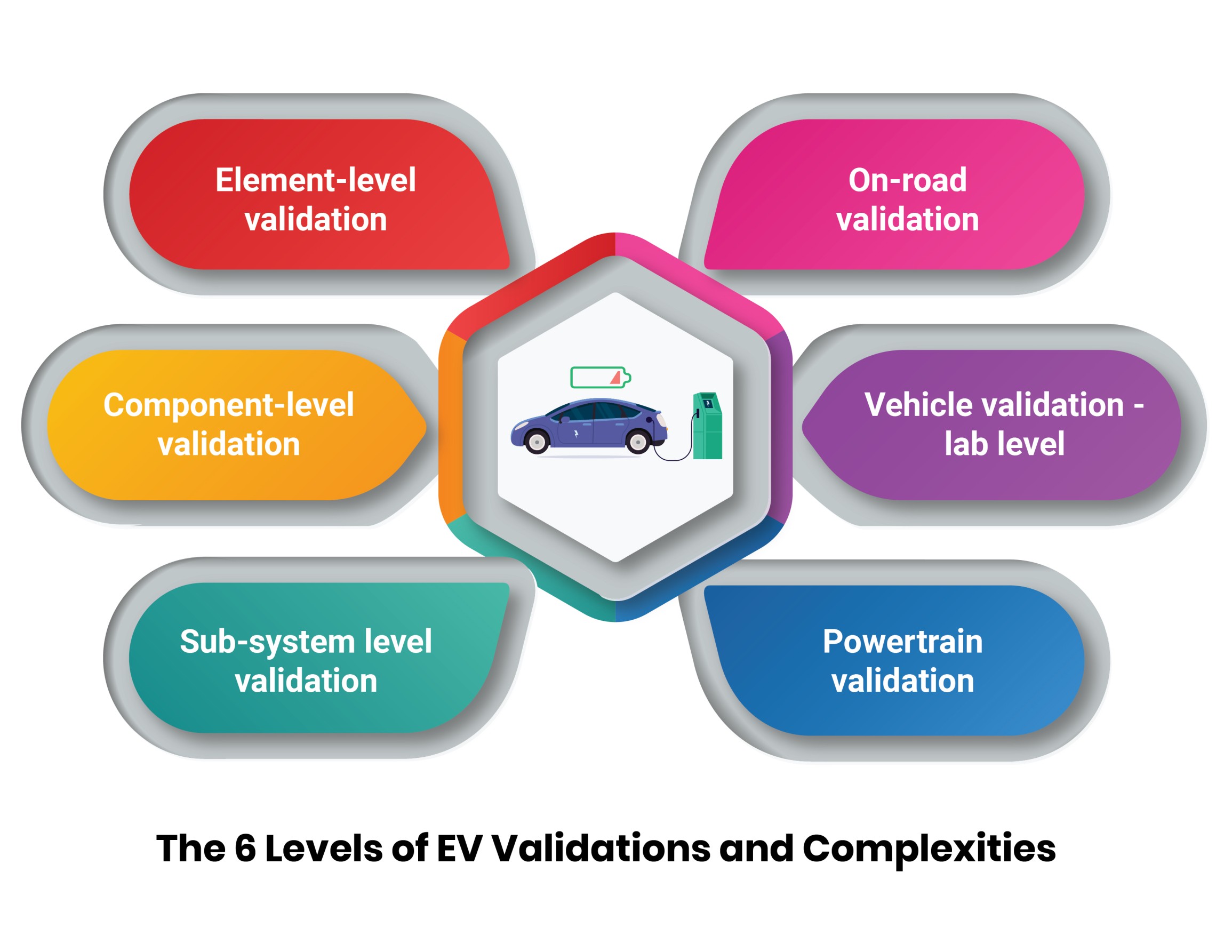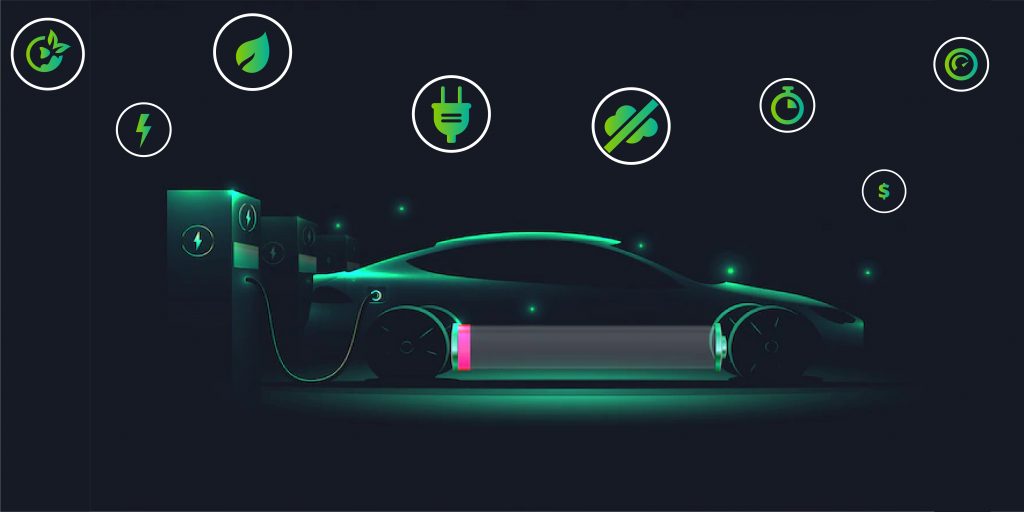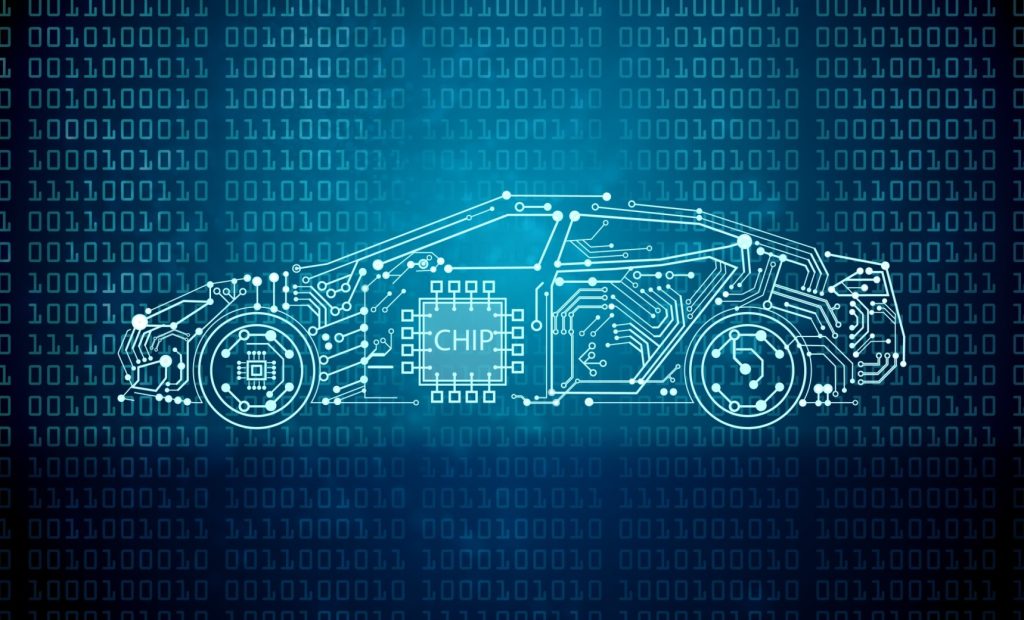Most auto executives believe that Electric Vehicles (EV) will command nearly 50% share of vehicles in all major automotive markets worldwide by 2030.
Over the past decade, there has been a tremendous push toward environmental protection and sustainable transportation methods from both consumers and corporations alike. The once dreaded future nightmares of climate change are starting to show signs of arrival and the transportation sector is pressured to let go of its affinity for fossil fuels as quickly as possible.
Today, there are hundreds of EV automakers across the world and several of them have leapfrogged traditional ICE automobile giants in terms of market value and even sales.
There is no doubt about the fact that the future of EVs is very promising. However, for EV automakers, the journey of launching a new vehicle into the market is a multi-stage, multi-prong activity that requires holistic management. Quality control is one of the most critical components of success for any automotive manufacturer, let alone EV makers. EV makers must strive to ensure that the product which hits the market is free from any defects or issues that may dent their customer experience. It is quite normal for an industry outsider to perceive EVs to have a less complex manufacturing cycle because of the lower number of components when compared to traditional ICE vehicles. However, in reality, EVs experience a similar scale of complexity as any automobile and need to run through a series of quality checks in each stage of development before being made available for purchase by a potential customer.
EVs being relatively new in the mass market, have the advantage of early adoption of connected and digital experiences within the vehicle. This enables EV makers to entice customers with better experiences. At the same time, it also creates an opportunity for introducing concepts of digital engineering right from scratch when the vehicle is in the design stage. However, on the flip side, the integration of physical automotive and electrical components with digital experiences creates a profound need for continuous validation and verification of the performance of every functional unit within an EV.
The 6 Levels of EV Validations and Complexities
We have holistically categorized validation in an EV in to six levels. Let us explore each:

Element-level validation
This stage handles the validation of the basic independent building block of an EV- the battery. The areas that are validated in this level are the battery’s performance and strength at the cell level, battery-pack level, and module level, and the associated software controls and display UI which inform drivers about the health and charge level of batteries.
Component-level validation
The stage comprises validation for the key running components of the EV, i.e., the motor, the motor controller, the integrated battery, and its management system. On the software side, this validation phase tests for performance and output of the controlling software that manages the balance of power in the motors as well as the battery management system.
Sub-system level validation
In sub-system level validation, the non-primary subsystems that support the battery, as well as the motor, are tested. From the virtual perspective, the control software of the motor sub-system, as well as the battery RESS sub-system, are tested along with the visual interfaces that depict the health of such subsystems on any graphical display.
Powertrain validation
This is the first step of checking for seamless operation of the powertrain i.e., whether the electrical discharge from the battery is able to drive the motors. From a holistic perspective, this stage tests both the physical powertrain infrastructure for performance and the software that guides control signals and management instructions to run the powertrain at an optimal level.
Vehicle validation - lab level
In this stage, the operation of an EV is tested and verified within a test lab. Ideal running conditions are simulated and operations of both physical components as well as supporting digital controls and interfaces are validated.
On-road validation
The last level of validation includes evaluating the performance of all the core physical and virtual components in an EV under real-life road conditions. Nuances of driving and real-life interaction of driver and passengers with digital controls and interfaces are all validated for accuracy and performance. Upon successful on-road validation, the EV is ready to hit the market.
We have covered the six levels of validation that an EV needs to undergo before being readied for a launch. However, if we go deep within each level, there are a myriad of interconnected processes, and hardware and software interactions that must work in tandem to realize the objectives of each level of validation. Such a massive initiative can easily escalate into a disaster if EV makers do not approach it with a strategic management roadmap.
The last level of validation includes evaluating the performance of all the core physical and virtual components in an EV under real-life road conditions. Nuances of driving and real-life interaction of driver and passengers with digital controls and interfaces are all validated for accuracy and performance. Upon successful on-road validation, the EV is ready to hit the market.
We have covered the six levels of validation that an EV needs to undergo before being readied for a launch. However, if we go deep within each level, there are a myriad of interconnected processes, and hardware and software interactions that must work in tandem to realize the objectives of each level of validation. Such a massive initiative can easily escalate into a disaster if EV makers do not approach it with a strategic management roadmap.
This is where our range of EV validation tools helps bring peace of mind. Get in touch with us to explore how iASYS can empower you to build the most reliable EV’s in the market with end-to-end validation management.



